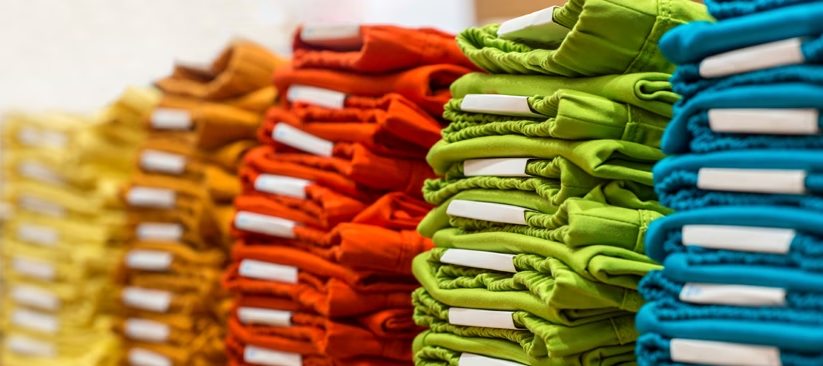Bangladesh’s Apparel Exports to EU Jump 29% in First Quarter
Bangladesh apparel exports to EU jump 29 per cent in first quarter: Bangladesh has made a big achievement in the global apparel industry. In the first three months of this year (January to March), the country’s clothing exports to the European Union (EU) grew by 29.06%, according to Eurostat, the official statistics agency of the EU.
A Strong Growth in Apparel Exports
During this period, Bangladesh earned $5.98 billion from apparel shipments to the EU. This is a big jump from $4.63 billion in the same period last year.
This growth shows that European buyers are placing more orders with Bangladeshi garment factories. Despite global economic challenges, Bangladesh is strengthening its position in the European market.
EU Apparel Imports Also Rise
Eurostat also reported that the total apparel imports into the EU increased by 16.84% during the first quarter of the year. The value of imports reached $24.65 billion. Not only the value, but also the volume of garments imported into the EU rose by 20.25%.
This means that Europeans are buying more clothes, and suppliers around the world are getting more orders. However, there was one small issue — the average unit price (price per piece) dropped by 2.84%. This is likely due to tough competition and pressure to offer lower prices.
Bangladesh Outperforms Others
Even though prices went down, Bangladesh’s export volume increased by 24.64%. That means the country exported many more pieces of clothing. Also, the unit value (average price per unit) went up by 3.55% — a good sign that the quality or product mix may have improved.
This combination — more items exported at a slightly higher price — led to a big jump in total revenue.
Why Bangladesh Is Doing Well
Experts say Bangladesh’s strong growth is due to several reasons:
- Competitive pricing: Bangladeshi factories offer good products at low prices.
- Skilled workers: The country has a large and experienced garment workforce.
- Sustainable practices: Many factories use eco-friendly methods and follow global standards.
- Supportive policies: Government support for exports and foreign investments is helping the sector grow.
They also say that if Bangladesh wants to keep growing, it must continue to improve its export infrastructure — such as roads, ports, and digital systems.
Other Countries Also Gained
Bangladesh was not the only country that saw export growth to the EU. Other major garment-exporting nations also performed well:
- China exported goods worth $6.67 billion, up by 24.94%.
- India exported $1.44 billion, a rise of 24.08%.
- Pakistan sent goods worth $1.08 billion, up 28.73%.
- Cambodia saw the highest jump, with 33.45% growth, reaching $1.16 billion.
However, not all countries did well. Turkey’s exports fell by 4.14%, down to $2.37 billion. This shows that not every country is benefiting equally from the growing EU demand.
Bangladesh: A Key Apparel Hub
This strong performance proves that Bangladesh is becoming a key supplier of clothing to European countries. The country is now competing closely with top exporters like China.
Over the years, Bangladesh has built a strong reputation for producing quality garments for famous global brands. Some of the world’s largest fashion retailers, including H&M, Zara, and Primark, source many of their clothes from Bangladeshi factories.
Looking Ahead
The future of Bangladesh’s apparel exports looks promising, but there are also challenges:
- Maintaining quality and safety standards is very important to keep foreign buyers happy.
- Modernizing production facilities with new technologies can increase efficiency.
- Training more workers in advanced skills will help the industry evolve.
- Climate change risks, such as floods and storms, could disrupt production in the future.
If Bangladesh continues to invest in its industry and focus on innovation, it can become an even stronger player in the global garment market.
